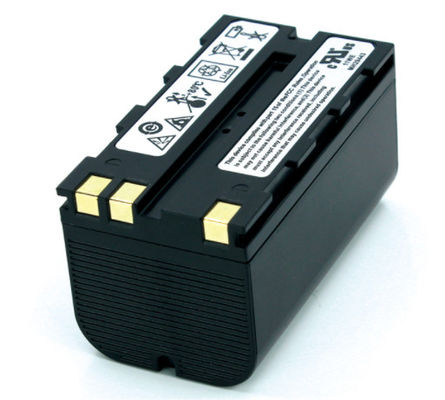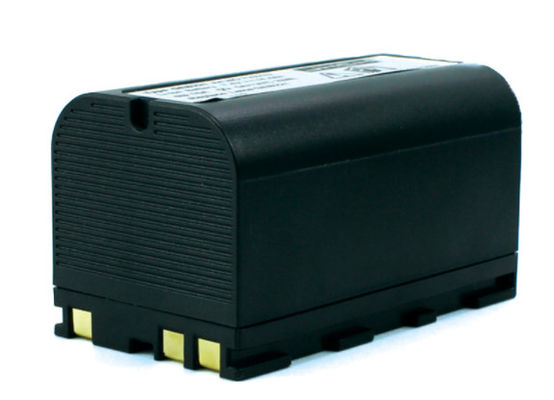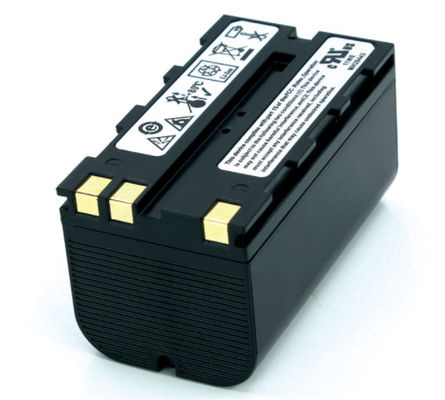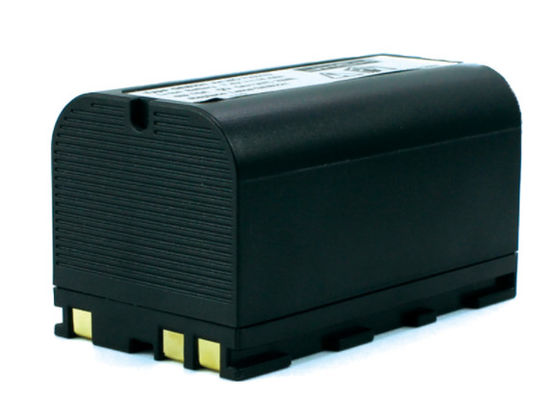-
Surveying Reflector Prism
-
Survey Mini Prism
-
360 Degree Prism
-
Total Station Prism
-
Prism Pole Bipod
-
Carbon Fibre Telescopic Pole
-
Telescopic Levelling Staff
-
Tribrach Adaptor
-
Instrument Tripods
-
Total Station Batteries
-
Total Station Battery Charger
-
Total Station Cable
-
Total Station Accessories
-
Surveying Instrument
New GEB221 Li-ion 4.4Ah Battery Compatible for Leica GNSS Receiver

Contact me for free samples and coupons.
WhatsApp:0086 18588475571
Wechat: 0086 18588475571
Skype: sales10@aixton.com
If you have any concern, we provide 24-hour online help.
x| Voltage | 7.4V | Weight | 106g |
|---|---|---|---|
| Cell Type | Li-lon | Size | 75*41*22mm |
| Capacity | 5200mAh | Type | Replacement Of Leica GEB221 |
| Charger | GKL211 | Color | Black |
New GEB221 Li-ion 4.4Ah Battery Compatible for Leica GPS
Model: GEB221
Specifications:
| Voltage | 7.4V |
| Weight | 106g |
| Size | 75*41*22mm |
| Type | Li-lon |
| Capacity | 5200mAh |
| Package | Individual Box Package |
| Warranty | 1 Year |
| Charger | GKL211 |
Introduction:
This rechargeable battery is compatible with Leica Viva and Flexline TS02, TS06, TX09 total stations, Piper 100 and 200 lasers, and System 1200 GNSS receivers. In addition, you can charge one GEB221 with the GKL211 or two batteries simultaneously using the Leica GDI221 Adaptor with the Leica GKL221 Charger.
It will not overheat and is protected against overcharging.
Note:
1. Make sure you use the Leica GEB221 lithium-ion battery in the proper equipment will help ensure your equipment works at the optimal efficiency.
2.It is also important to have the proper charger when it is time to recharge the unit.
Used For Instruments:
Leica Viva and Flexline total stations, Piper 100 and 200 lasers, System 1200 GNSS receivers
Charging the batteries
New and stored batteries
New NiCd and NiMH batteries reach their maximum capacity only after a few charging and discharging cycles. The batteries should be fully discharged and charged three to five times. NiMH batteries that have been stored and not used for an extended period (more than a month) should be refreshed simularly. For Li-Ion batteries, a single discharging and charging cycle is sufficient. The easiest way to perform this cycling is by using the GKL221 Charging Station which has a discharge function. Alternatively, the batteries can be charged and then placed in the related survey equipment during normal use and discharged until the equipment switches off.
Batteries in regular use
After use the battery can be placed in the charger until fully charged (the green light flashes). The charging time depends on the battery capacity and temperature.
Charging temperature
The charging temperature (ambient temperature) has a significant impact on the life of the batteries. Charging at high temperature can cause loss of capacity. These losses in capacity are irreversible. Even with several charging and discharging cycles, the original capacity can no longer be obtained. For optimal charging, we recommend that the batteries be charged at ambient temperatures as low as possible (+10 °C to +20 °C / +50 °F to +68 °F). The permitted temperature range in which charging can still be performed is between 0 °C and +35 °C (+32 °F and +95 °F). Due to a temperature control mode built into the GKL221, GKL211 and GKL112, charging at temperatures that may cause damage to the batteries is not possible.
![]()
![]()







